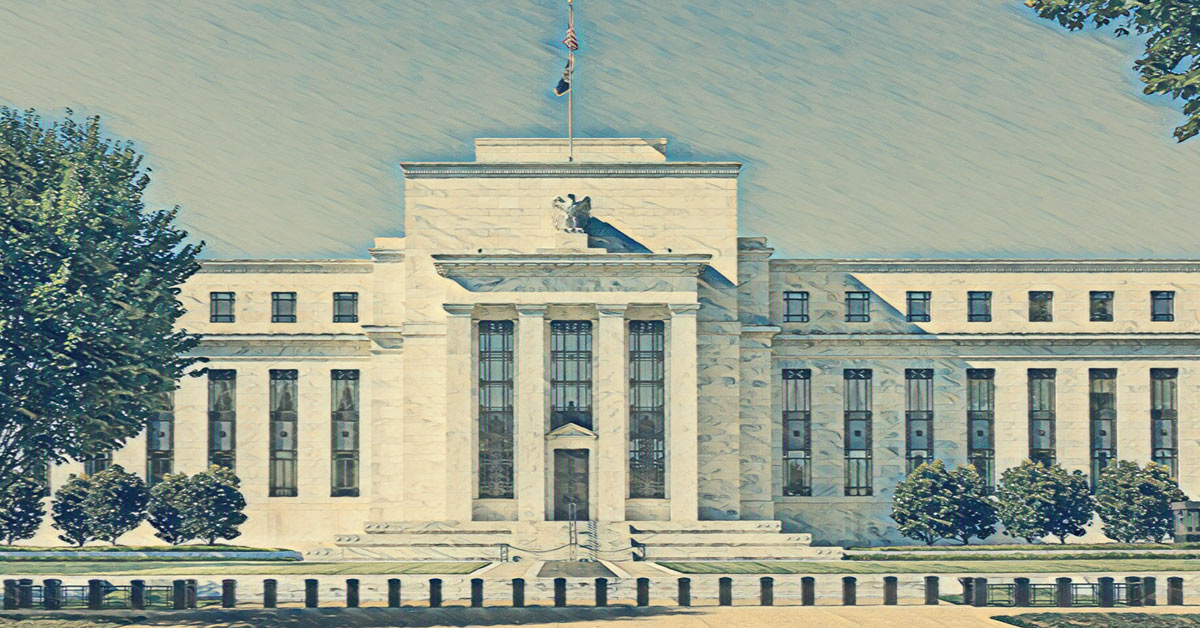Commercial mortgage brokers often perceive themselves as salespeople, marketing their services to clients before taking projects and selling them to lenders. But brokers also are advisers and need to be adept market analysts.
The informed broker, who is generally the more successful broker, must have in-depth knowledge of accounting and the language of business. But they also should understand economic forces and track the financial markets, which affect commercial real estate and access to credit.
Banks remain the primary sources of commercial real estate financing and they are a mirror of the U.S. economy. If the economy is strong and growing, banks seek new lending opportunities. Conversely, if the economy is contracting with rising unemployment, banks will be less motivated to stretch their lending parameters or make policy exceptions to accommodate a potential borrower.
In this regard, bank decisionmaking is linked to the greater economy and financial markets. So, it is important to know what the Federal Reserve is doing to stimulate the economy and its role in controlling interest rates. During the coronavirus-induced downturn, the Fed has played a crucial role in stopping the country from falling into a depression.
In 2021, Fed policymakers will undoubtedly remain aggressive in what could be the most challenging year for banks since the Great Recession. Unfortunately, many mortgage brokers pay little attention to the central bank despite its key indirect role in commercial mortgage transaction volume. Therefore, it is worth reviewing some of the tools the central bank used in the past year to control interest rates and stimulate the economy, as well as what an extended low-rate environment could mean for commercial real estate.
In 2021, Fed policymakers will undoubtedly remain aggressive in what could be the most challenging year for banks since the Great Recession.
Call to action
The Federal Reserve does not set long-term mortgage rates. Rather, it indirectly influences rates primarily by adjusting the federal funds rate, which is the rate at which commercial banks lend to each other on an overnight basis.
Early in the pandemic, the Federal Open Market Committee cut the federal funds rate to near zero. Fed policymakers also have pledged to keep the rate lower than historical targets for the foreseeable future. This so-called forward guidance also works to control the rise of future rates by signaling to the markets that the Fed will remain aggressive. When the Fed cuts the overnight borrowing rate, it also stimulates the economy. Interbank borrowing is essentially a way for banks to quickly add capital to meet lending opportunities.
Although longer-term rates are influenced by a number of factors, they generally tend to trend in the direction of the short-term rate. The 10-year Treasury note is normally a reliable indicator of economic sentiment and a benchmark for commercial mortgage interest rates, and thus influences the pricing of bank loans. In March 2020, yields on the 10-year note fell to a record low of 0.54%. This past December, they were hovering around 0.9%.
The Fed used several other stimulus tools during the downturn. In another move to control interest rates, the central bank resumed purchasing large amounts of residential and commercial mortgage-backed securities. During the Great Recession, the Fed purchased trillions in securities. It began tapering these purchases in 2013 and 2014, then stopped adding assets altogether in late 2017.
In the summer of 2020, the Fed announced it would buy $80 billion a month in Treasurys and $40 billion in residential and commercial mortgage-backed securities. From March through December 2020, the Fed’s portfolio of securities grew from $3.9 trillion to $6.7 trillion, according to Fed data. These purchases are known as open-market operations, and they typically lower interest rates and increase the money supply.
To spur lending during the downturn, the Fed encouraged big banks and community banks to reduce their capital buffers, and it removed the banks’ reserve requirement. A decrease in capital requirements increases the available funds to lend to potential borrowers. It should be noted, however, that a Brookings Institution analysis called the removal of the reserve requirement “largely irrelevant” because banks typically hold far more than their required reserves.
In a further attempt to make lendable cash available to banks, the Fed lowered the rate for direct loans to banks via its discount window to 0.25%, which is lower than what was charged during the Great Recession. These direct loans can keep a bank going, providing it with a source of cash to make loans.
Real estate impact
The totality of the Fed’s actions last year will keep money readily available in the financial system and maintain low interest rates this year — both of which could impact commercial real estate investment activity and the availability of credit. For one, low interest rates frequently translate into increased opportunities for investors and growth opportunities for the astute mortgage broker.
As the cost of borrowing funds decreases and remains low, investors tend to become more active and borrow more to take advantage of specific opportunities. For example, an investor who previously ignored an opportunity to invest in a commercial property may reexamine the same opportunity when interest rates are at a lower level, as the investor’s net operating income could increase.
Yet there remains much uncertainty. Even though interest rates remain low, the COVID-19 health crisis has not passed. We will probably have several quarters of diminished investor activity ahead, which means a decrease in loan demand. Despite all of the aggressive Fed actions outlined above, lenders are exercising caution and making it more difficult for investors to secure funding for specific projects.
Interest rates for commercial mortgages vary from lender to lender and from product to product. The informed mortgage broker will understand why these differences exist and stand ready to coherently explain these variances to the potential borrower.
As brokers, it is important to understand the many aspects of our economic and financial world. By doing so, you will gain an edge.
The key takeaway is that you need to remain informed. It will be easier to find the next client, secure the best financial arrangement to meet the borrower’s needs and expand your list of satisfied clients. Knowledge is power — staying power. ●
Author
-
Garry Barnes is managing director of PW Partners Consultancy, headquartered in Salt Lake City, and is a freelance writer. He is a former president and CEO of banks in Arizona, California and Utah. He has taught at the university level, and is a frequent writer and lecturer on banking, finance and real estate matters. Barnes has served on the U.S. Small Business Administration’s National Advisory Council and received the SBA Arizona Financial Services Advocate of the Year award.




